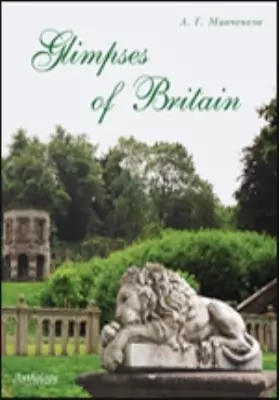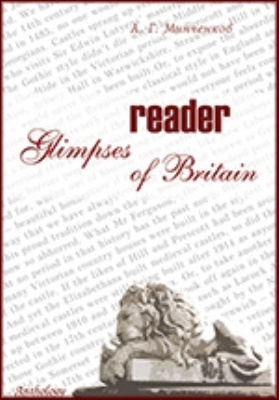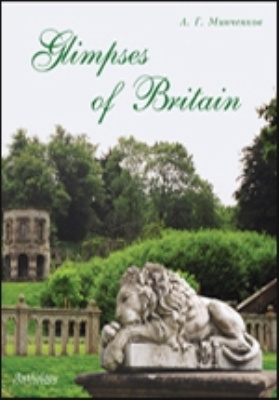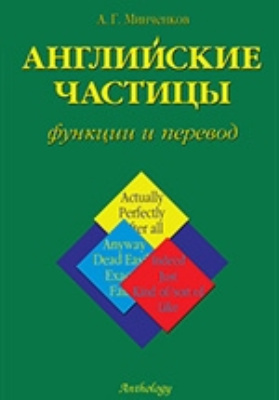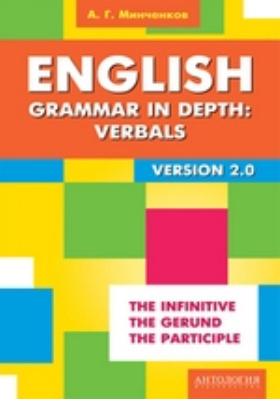Glimpses of Britain = Взгляд на Британию
Место издания: Санкт-Петербург
ISBN: 5-94962-114-Х
Страниц: 160
Артикул: 58203
Возрастная маркировка: 12+
Краткая аннотация книги "Glimpses of Britain"
Учебное пособие посвящено истории и современной жизни Великобритании. В хронологическом порядке описаны основные исторические события и личности, оказавшие влияние на формирование британского самосознания и культуры. Отдельное внимание уделено истории архитектурных стилей. Подробно рассматривается современное состояние монархии, системы государственного и местного управления, парламентская и судебная системы, а также вопросы, связанные с национальным наследием и государственной символикой. Пособие включает в себя переводческий глоссарий с фонетической транскрипцией и хрестоматию, содержащую газетно-журнальные тексты страноведческого характера и выходящую отдельной книгой. Издание богато иллюстрировано авторскими фотографиями. Пособие предназначено для студентов и школьников, занимающихся страноведением Великобритании, преподавателей, переводчиков и всех, кто интересуется историей, культурой и современной жизнью этой страны.
Содержание книги "Glimpses of Britain"
От автора
Glimpses of British History
Early Britain
The House of Normandy
Medieval England
Tudor England
The Stuarts
Georgian Britain
Victorian Britain
Edwardian Britain
Britain and the two World Wars
Britain after World War II
Modern Britain
Modern Britain Modern British Monarchy
British Parliament
Government
Local Government
The Legal System
Historic Country Houses and British Heritage
Glossary
British History
Modern Britain
The Monarchy
British Parliament
Elections
Government
Local Government
The Legal System
Historic Country Houses
Architecture
Bibliography
Все отзывы о книге Glimpses of Britain
Отрывок из книги Glimpses of Britain
2 3destroyed. The shrines were leveled to the ground. The dissolution had im-portant social and political consequences. Two thirds of the abbey lands weresold, the rest was kept by the crown. An immense amount of land came intothe possession of the middle classes. Now there were more landowners thanever before: nobility, gentry, merchants, lawyers and yeomen farmers. Theygradually came to have great power, for the crown had sought alliance withthem to carry through the Reformation. New previously unknown familiesbegan to join the ranks of the political élite.The income of the crown doubled calling for new financial departments todeal with the new sources of revenue. The structure of government waschanged. An inner circle developed in the Council, the Privy Council, theancestor of today’s Cabinet. Even more significant was the place given toParliament, especially the Commons.By the end of the 1530s the pattern at court was beginning to take on a character it was to have in thefuture – a division between those who wanted no further change, and indeed wanted to go back, andthose who pressed for more. The success of these rival factions changed according to the mood of theking, but in general he began to understand that things were going too far and too fast. After Cromwell’sexecution in 1540 the conservatives prevailed. Under the wise influence of his sixth wife Henry wasreconciled with his daughters by the first two wives, at the same time appointing Protestant teachers toeducate young Edward, by his third wife, and a mainlyProtestant Council to rule until Edward was old enough.He wanted a moderate council to keep the peace betweenthe two extremes. While Henry lived he was able to con-trol both Protestant and Catholic trouble-makers. But thispolicy couldn’t last for ever; England had to make a choice.Before that, however, it had to learn by bitter experience.For six years under the boy Edward the country sufferedfrom extreme Protestants, then for 5 years under Mary...
С книгой "Glimpses of Britain" читают
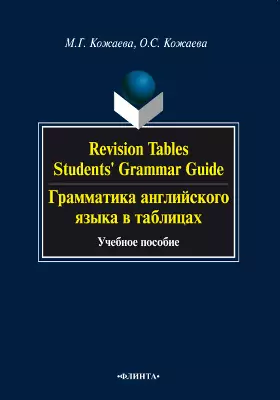
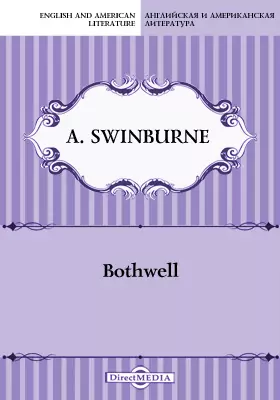
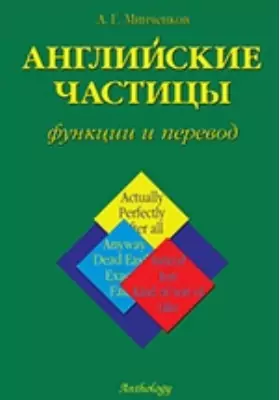
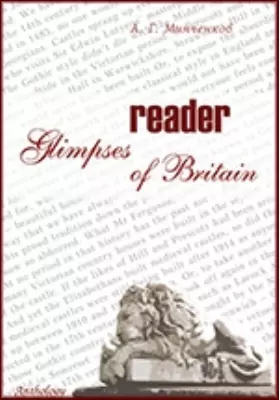

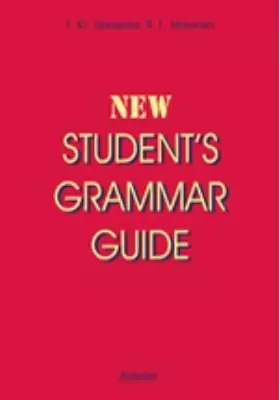


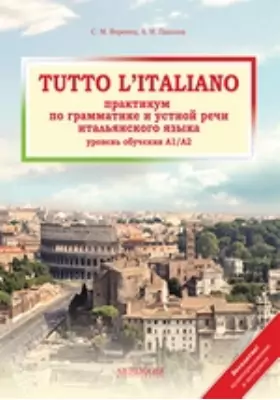
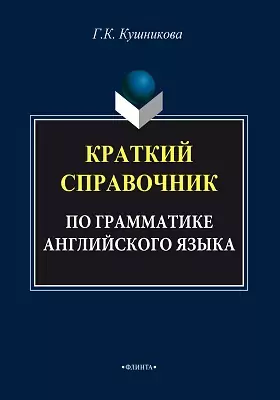
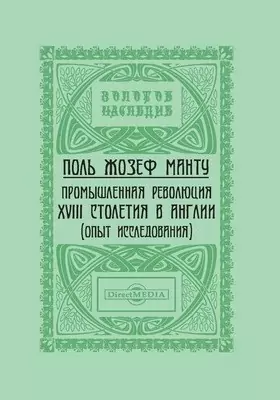
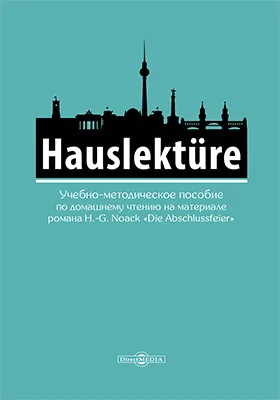

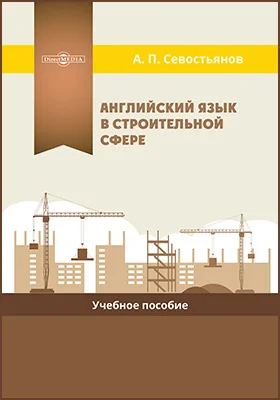
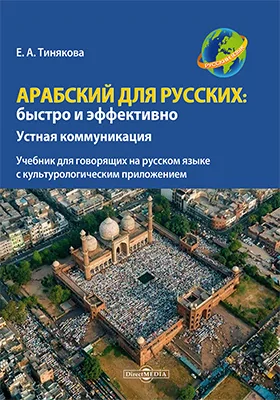


Бестселлеры нон-фикшн
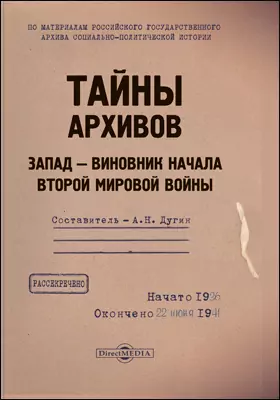

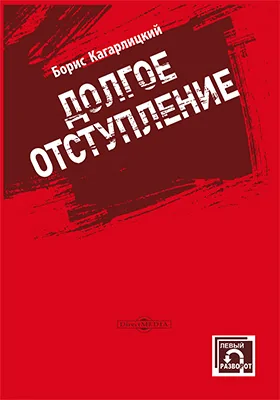
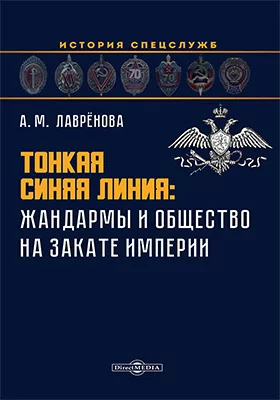
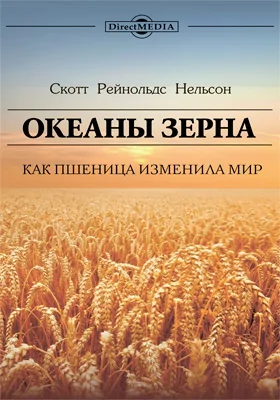
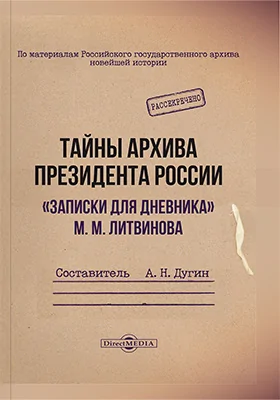
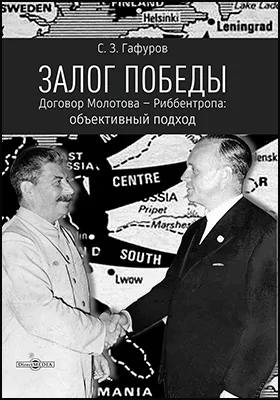
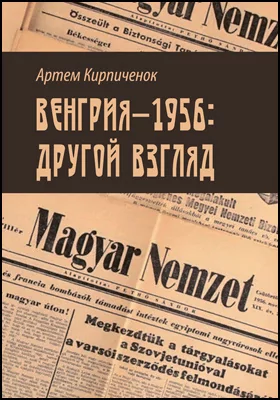
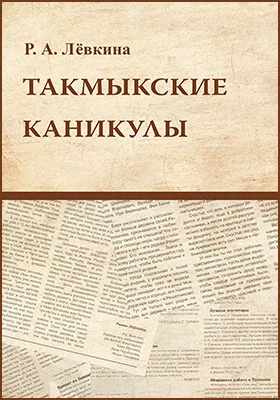


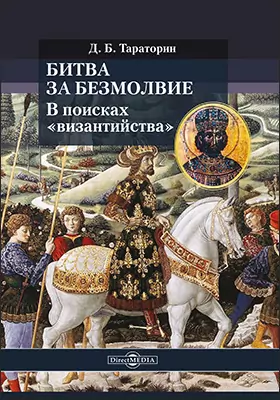
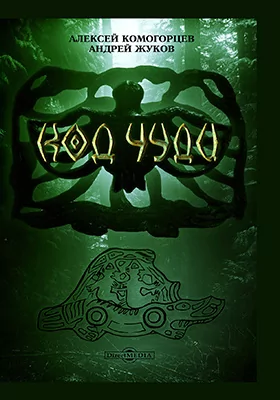
Новинки книги нон-фикшн
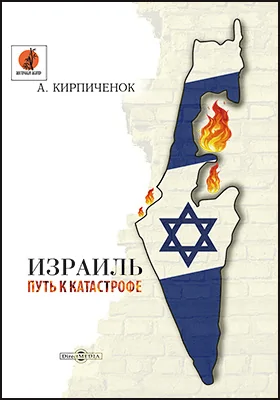
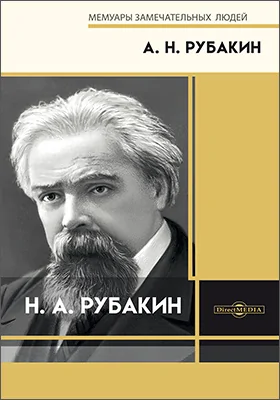
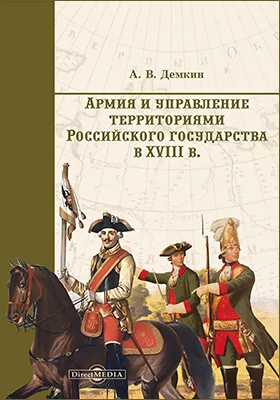


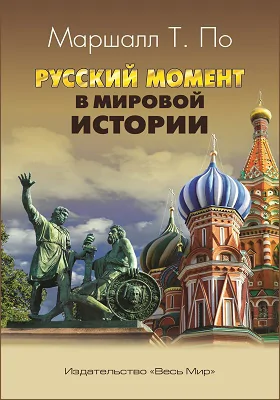

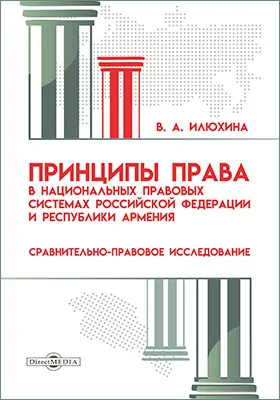

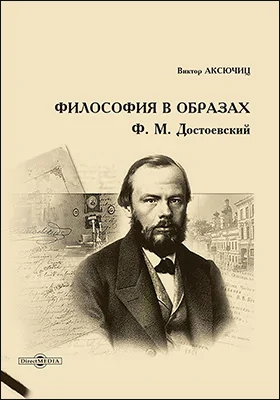
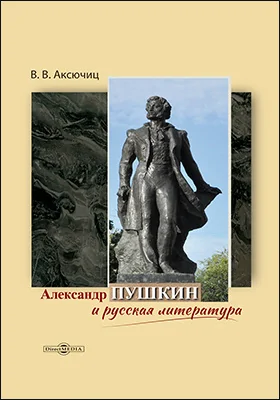
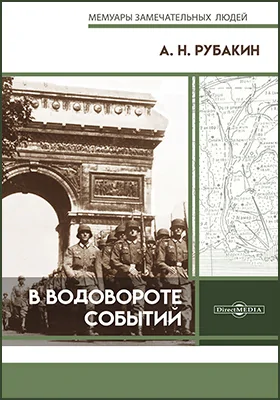

Минченков А. Г. другие книги автора
и мы свяжемся с вами в течение 15 минут
за оставленную заявку

